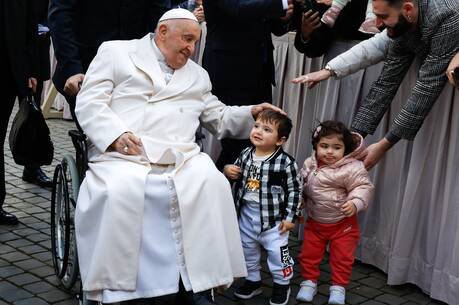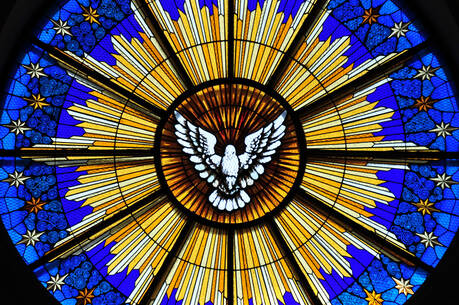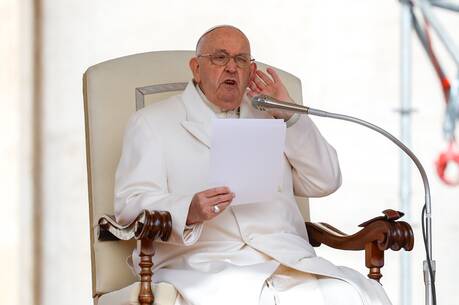God would have saved the city of Sodom, we are told in Gen. 18:22-33, if Abraham had only been able to find 10 just people. With all the bad news pouring out of Israel these daysdaily Palestinian and Jewish body counts, rising hysteria on both sides and a hardening of attitudesone finds oneself desperately looking for countervailing signs of hope.
I have found some. A few weeks before Christmas, I attended a fundraiser at an Upper West Side Manhattan brownstone for Neve Shalom/Wahat al-Salam (Oasis of Peace), a cooperative village of some 40 families, half Jewish, half Palestinian, about halfway between Jerusalem and Tel Aviv/Jaffa (e-mail: sfp@nswas.com). The joint village governs its internal affairs through a five-member council headed by a secretary (both Jewish and Arab over the years), all chosen by democratic election to one-year terms by the residents. The village, which runs a bilingual, bicultural kindergarten and primary school in addition to a School for Peace that offers workshops for teachers of history and civics, is built on land belonging to the Trappist monastery of Latrun, which in 1972 leased 100 acres to Father Bruno Hussar, a Dominican friar who envisioned a place where Muslims, Jews and Christians could learn to live together. (Father Hussar died in 1996.)
What is living together like? Two longterm residents of the village, Mrs. Dorit Shippin (Jewish), mother of three and hotel management professional, and Daoud Boulos (Palestinian), father of four and a television producer and writer, told us some of the story. Life at Neve Shalom/Wahat al-Salam is a challenge. A few years ago, after a Jewish son of the village who had been serving in the Israeli army died in a noncombatant helicopter accident, arguments over how to honor his memory left permanent wounds that have yet to heal. Indeed, finding ways for each group to celebrate events of symbolic significance has been a source of repeated friction. But typically friction doesn’t break along strictly ethnic lines. Jewish villagers often line up behind what one would imagine to be Palestinian positions, and, vice versa, Palestinians align themselves with stances that often characterize Israeli Jews.
Amazingly enough, both Mrs. Shippin and Mr. Boulos reported that, despite the current violence elsewhere in the country, relations between Jews and Arabs within the village have rarely been betterperhaps because for decades now residents have felt free enough, equal enough and safe enough to talk honestly (if often painfully) about their different standpoints. In turn, these exchanges have produced a profound mutual respect for one another’s humanity.
Not surprisingly, in the present crisis the village has been able to offer itself as a rallying center for peace advocacy groups from around Israel. Mrs. Shippin and Mr. Boulos have seen the future, and it works.
My other example comes from a recent story in The London Times about Neta Golan, age 27, a Jewish woman who has turned herself into a human shield to protect Palestinians of the West Bank village of Hares from Israeli soldiers and armed settlers of nearby Ravara. For months now Israeli soldiers have looked the other way when settlers fired at random at any of the 3,500 Palestinians villagers who dared venture into their own orchards to harvest the olive crop. Consequently, the olives have been rotting on the limb.
So what does Neta Golan do? She stands between Arab and Jew, and dares fellow Israelis to shoot a Jew (occasionally they aim close, hitting her with shrapnel). Undeterred, just lately she brought a whole crowd of Israelis to the fields of Hares to help the Arabs harvest their olives. According to the mayor of Hares, the presence of Miss Golan and the other Israelis has saved lives and brought us hope that the Israelis might be able to live with us in peace one day.







